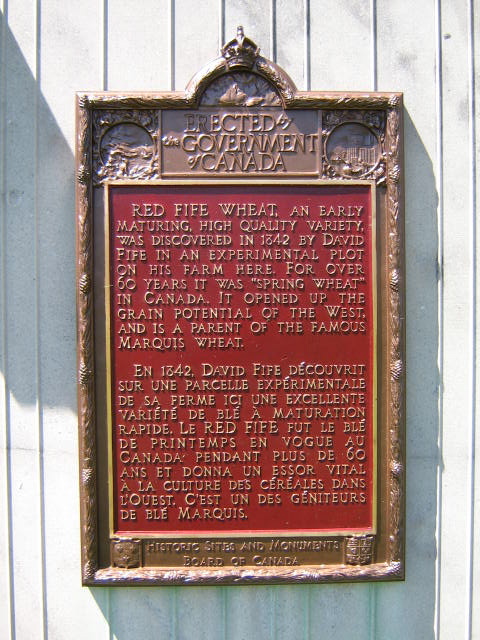I was giving a lesson yesterday on the big immigration drives during Laurier's time as prime minister (1896-1911) and the work of his minister Clifford Sifton. My lesson was all over the place, I talked about the CPR and what John A. Macdonald had in mind. I had maps and digital images of "last best west" posters on the go, textbook stuff, a short video clip, asked students to relate the immigration stories they were digging up in the computer lab with their heritage research, etc. We talked about dryland farming, boat rides, sod houses and various people's ancestors (including mine). We found a few of "our people came over" as a result of Sifton's campaigns. I had an recent news story lined up for a current events connection but the streaming video wasn't working on the browser; luckily a student new what I was trying to find (Canadian gov't decision on uniting families of immigrants) and read out another version of the story he found on his iphone. I wanted to introduce them to the concept of critical inquiry benchmarks, thought this was the day to do it, but didn't remember to do it (although I suppose we practiced about 5 of them). Typical chaotic Thielmann lesson, a little bit of everything... yes, some "21C" but lots of 20th Century stand-and-deliver and even "random century" stuff thrown in for good measure (shared story-telling). It bugs me that our educational leaders try to create a divide based on technology where it does not really exist. This lesson is essentially the same as one my father might have given 40 years ago.
Anyways, I made a brief reference to red fife, the wheat that fed Canada until about 1904, and a student chimed in that her family had found a bag of red fife stored in a grandmother's attic. This is interesting, because the original red fife all but disappeared when it fell out of favour in the early 1900s (replaced in large part by Marquis wheat), although it was bred with other varieties to become the "grandfather" to other important wheats. A few farmers have kept the grains, fewer still have kept it growing in small plots, and apparently it has made a bit of a comeback as an heirloom grain with good nutrient and protein characteristics, as a landrace it has an honourable spot in the discussion about genetic diversity and ecological resilience. I imagine few students, especially KT, can envision their great-great-grandparents picking up a bag of red fife grains from caring neighbours at the turn of the 20th century, to begin their Canadian Prairie odyssey. Afterwards, I read through my own "family book" today and realized that this was the same variety of wheat that my great-great-grandfather Jacob Loewen broadcast seeded on his new 160-acre homestead in Dalmeny, Saskatchewan, 1902. I think the students "got it" when I tried to explain that even something like food can have a impact on the social and economic development of a nation. Of course we all asked KT "what did you do with the wheat?!" ..."we threw it out -- it had mouse poop in it."

No comments:
Post a Comment